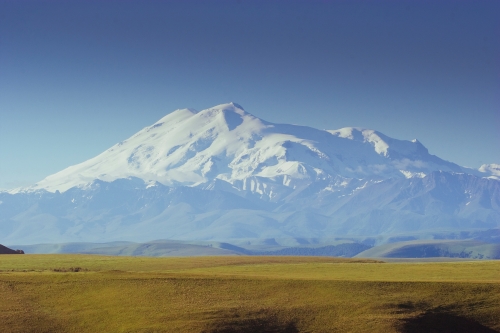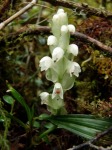This post is probably simply just more for fun than the scientist’s mind or the adventurer’s heart will likely allow. You judge …
· How many continents are there: 5 or 6 or 7?
o Most students in the United States are taught that there are seven continents: Africa, Antarctica, Australia, Asia, Europe, North America, and South America.
o Many European students are taught that there are six continents, with North and South America combined as the single continent of America: Africa, Antarctica, Australia, Asia, Europe, and America. In some parts of the world, students learn that there are just five continents: Eurasia, Australia, Africa, Antarctica, and the Americas. And yet other students are taught that Antarctica, due to its lack of permanent inhabitants, does not meet the traditional definition of a continent.
o Many refer to six continents, where Europe and Asia are combined as Eurasia (since they’re one solid geologic landmass): Africa, Antarctica, Australia, Eurasia, North America, and South America.
o See National Geographic’s Geography FAQs for a simple, clear & interesting description.
· Verdict: No consensus!
· What is included in the definition of the “continent” of Australia?
o Australasia is a landmass description which includes Australia and the island group of Indonesia and New Guinea, and holds weight with the concept that islands located near a continent are considered a part of that continent.
o Australia is by convention recognized as a continental mass, not just a big island.
o As a side note, Oceania is identified as a region centered on the islands of the tropical Pacific Ocean. The term is sometimes used to denote the area of Australasia (most common use), sometimes all the islands between Asia and the Americas, and sometimes all the islands of all the oceans (least common use). I have not seen Oceania described as a physical continent, whether using geography, political boundaries, or cultural groupings, but only as a term of convenience to collect disparate islands.
· Verdict: No consensus!
· Which summits should we include in our pursuits?
o Mont Blanc or Mount Elbrus?
§ From the perspective of geography, many Europeans recognize Mont Blanc as the highest peak of Europe. From the perspective of political boundaries, Mount Elbrus becomes Europe’s highest peak.
o Carstensz Pyramid or Kosciuszko?
§ If New Guinea is not considered part of the continent of Australasia and is thus a separate island, Kosciuszko would be the highest point on the continent of Australia. If New Guinea is a part of the Australasian continental mass, then the highest peak becomes Carstensz Pyramid. In my experience, most climbers choose to include the island of New Guinea, though strong opinions & some opposing ideas regarding the science of continents exist.
§ To add to the dialog, many have suggested that Kosciuszko does not belong simply because in its short trek there exists no significant challenge for climbers. Carstensz Pyramid, on the other hand, is a true challenge for the adventurer. Others strongly disagree that such a criterion ought to even be considered.
§ Gerry Roach authored an interesting piece entitled, “In Defense of Kosciuszko,” which is a thought-provoking and enjoyable to read.
· Verdict: No Consensus!
Maybe Dick Bass’s Seven Summits idea will evolve to “nine continental summits of the world’s five continents!”










